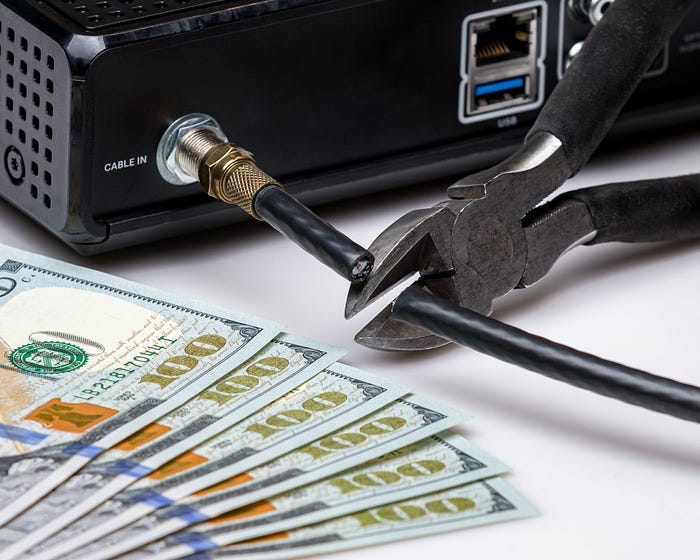Cable/Satelite Adiences vs ITV Users
Cable TV as we know it, will it be part of our future? The Internet has been abuzz lately with pundits, experts, bloggers and fans alike declaring the eventual demise of Cable Television as we know it. Some have solemnly written its epitaph based on rumors of new waves of technologies and tumbling of current business models, making cable television’s future untenable. A post by Ryan Lawler starts with the declaration that “The $100 cable bill is dead; the cable industry just doesn’t know it yet …” (“ The Future of TV Is Not On Cable”, Aug. 23, 2010). Some state that the attempts by the cable industry to “hold the fort” with antiquated weapons as they are assaulted by a blitzkrieg of new paradigms in video content distribution across the Internet appear futile.
There are still some stalwart cable subscribers who adhere to the convenience, organization, content-control, predictability and structure of video content via cable; and they are willing to pay for it.
The FCC’s implementation of its national broadband plan, soon after the mandate to convert all analog television to a digital format is just adding more fuel to the fire burning around the basic foundation of the Cable Television business model.
But up to now the solutions to duplicate cable’s programming line-up online did not exist. Because no one (until now) has been able to provide the “Standards needed” that will structure and organize video content online with the convenience and programming capability and content-control afforded by cable, bloggers and pundits could only see an “either/or” end to cable television, supplanted by the explosion in online video. The death of cable is predicated on the premise that cheap online video sites, cheap subscription video services and more expansive broadband connection will, by law of economics, overtake and soon surpass the need for cable connection, thus rendering it obsolete. But all is not lost. There are still some stalwart cable subscribers who adhere to the convenience, organization, content-control, predictability and structure of video content via cable; and they are willing to pay for it.
Making the transformation from a television audience to a television user is not far fetched today. Most people have a social account and are accustomed to communication via social networks on multiple devices. Where the audience of cable/satellite TV are forced to follow a scheduled programming television experience, an ITV “User” has to learn to create their own experience. Where consuming traditional cable/satellite content you are waiting for it to broadcast, the ITV user has it all on demand; An ITV user has to know how and where to get their content; how they want to consume it ; and how they want to pay for it. It is true there is a plethora of FREE content with ITV, movies, sitcoms, documentaries, you name it, it’s out there for the consumption.
Kodi® (formerly known as XBMC™) is an award-winning free and open source (GPL) software media center for playing videos, music, pictures, games, and more. Kodi runs on Linux, OS X, Windows, iOS, and Android, featuring a 10-foot user interface for use with televisions and remote controls.
For most ITV devices found online my favorite are android powered devices using Kodi. The problem with these devices is that it requires advance users to set up the device. Most companies who manufacture and distribute ITV devices, disable rooting capabilities in order to avoid copyright infringements provided by most apps proving Free content, “OR” for more open devices (NOT ROOTED) users must provide their own content from a local home media library or manually point Kodi to third party online services; this normally requires the user to have more of a computing background with the know how on how to add-on the software or apps that have the content you seek.


